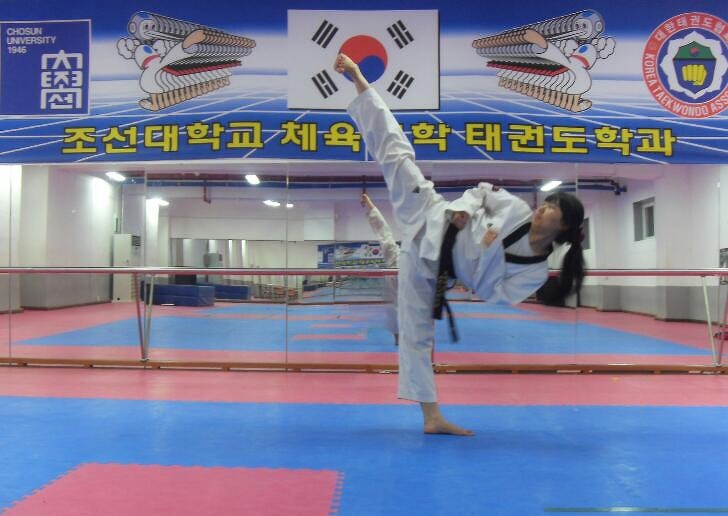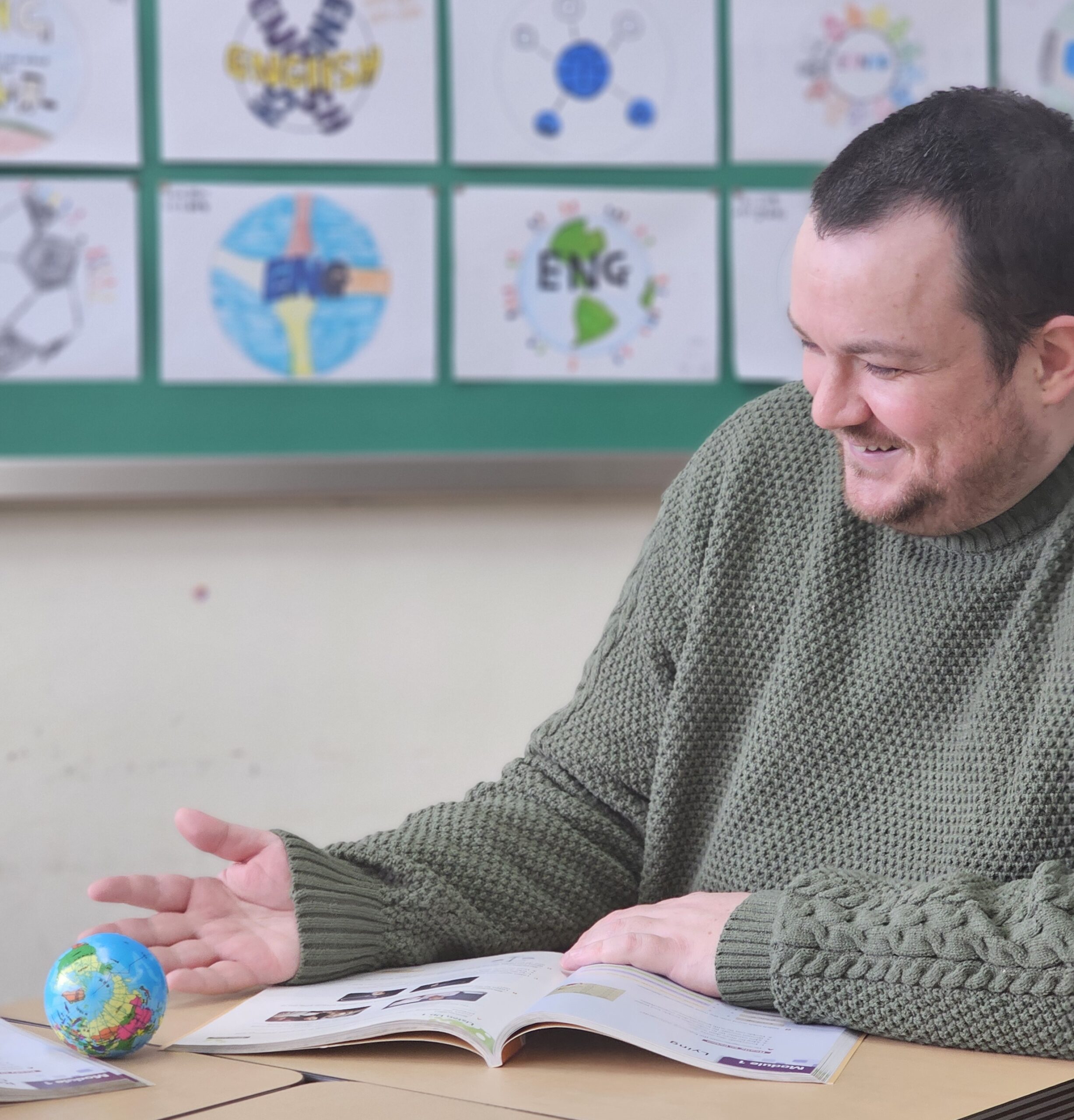Kicking Beyond Borders
A Taekwondo Master’s Journey with International Students
Interviewed by Dhivyaa S. P.
Teaching taekwondo to international students presents unique challenges and rewarding experiences. Lee Seo-Jeong, a taekwondo master, shares her journey, insights, and the cultural exchanges she has fostered through her teaching. This interview highlights her experiences and the impact of taekwondo on promoting global understanding and cultural integration.

Gwangju News (GN): Thank you for sharing your time with us. Could you tell us a little bit about your taekwondo experience? How did you start practicing?
Taekwondo Master: My father was a taekwondo instructor, so I grew up in a taekwondo studio from an early age. I wanted to be a taekwondo practitioner when I was young, but due to my father’s opposition, I couldn’t pursue it as a career and took a break from taekwondo. However, I started practicing Taekwondo again in middle school and exercised regularly. When I was in high school, I hoped to study taekwondo in college, and so, I was able to enroll in the Taekwondo Department at Chosun University’s College of Physical Education.
GN: How long have you been teaching taekwondo, and for how many years have you been teaching international students?
Taekwondo Master: I began teaching students in my third year of high school. Since then, I have been teaching taekwondo continually, so this year marks my nineteenth year. Since college, I have had the opportunity to teach many foreigners due to the many taekwondo events. This year is the sixth year that I have been teaching foreign students.
GN: How do you apply teaching methods for international students with different cultural backgrounds and different martial arts experiences?
Taekwondo Master: Taekwondo teaching methods are not much different for foreigners than for Koreans. The important factors are the number of class attendances and the number of kicks practiced during that period. Students who have learned other martial arts or sports have slightly different angles and speeds in their body movements compared to taekwondo moves. However, those with some exercise experience tend to learn taekwondo a little faster. Therefore, I personally divide my students into groups based on their exercise abilities and attendance frequency. I try to make them understand taekwondo moves theoretically and encourage them to practice. For example, explaining why using knees in a spinning kick is important helps them understand and produce a stronger kick when their body rotates.
GN: What are the unique challenges you face when teaching taekwondo to international students compared to local students?
Taekwondo Master: The main challenges are Korean etiquette and language. Bowing is something that foreigners are usually not familiar with, and all taekwondo masters start and end with Korean greetings, which can be difficult for foreign students. In the past, I made students memorize greetings, but now I give them time to naturally acquire them while practicing taekwondo.
In terms of language, taekwondo movements and techniques, including simple-looking ones like jireugi (지르기, a punching technique), involve complex dynamics. Explaining these things in Korean is not difficult, but delivering them in English can be challenging. The English used in taekwondo is often different from general English taught in textbooks or online. Students learn American pronunciation in Korea, but they have to learn British pronunciation when interacting with exchange students. Some students struggle with both Korean and English, making it difficult to progress to advanced stages of learning.
GN: How do you help international students overcome language barriers and fully participate in the training and cultural aspects of taekwondo?
Taekwondo Master: While I can’t completely overcome the language barrier myself, I strive to ensure that my students don’t feel hindered by it during taekwondo practice. I continue to study English to facilitate communication. Taekwondo’s etiquette and values, such as greeting and patience, are integral to Korean culture, and students often find it easy to adapt to Korean cultural norms. I frequently ask about their difficulties in Korea and try to empathize and explain.
GN: Can you share any memorable experiences or success stories while teaching international students?
Taekwondo Master: All the time spent teaching students is memorable, but the most heartbreaking experiences are when students get hurt. Injuries are rare, but they are especially challenging when teaching foreign students. The biggest success and reward as a taekwondo leader is when students obtain their first-degree taekwondo certificate. Although none of the international students have obtained this certificate in the past six years, high attendance and competition participation rates indicate success. In 2023, the attendance and competition participation rates were the highest, demonstrating strong solidarity among students. This positive environment allowed me to teach happily. Also, I did a presentation about how the taekwondo class is conducted at Chonnam National University during an event at the Kukkiwon, and I won the 2023 Best Taekwondo Master Award!
GN: What advice would you give to international students who are new to taekwondo or martial arts?
Taekwondo Master: Starting out in any new field, including taekwondo, can be boring and difficult at first. Overcoming this initial challenge is essential to progress. Many students come with high expectations from what they have seen online or on TV, but the reality of training can be harder and less glamorous. It takes years of dedication to reach high levels of proficiency. I advise students to focus on consistent and quiet training, understanding that taekwondo is about hard work and effort rather than instant results.
Photographs by Lee Seo-Jeong.
The Interviewer
Dhivyaa S. P. is from India and resides in Gwangju, where she explores Korean culture and history. Living there for over a year and half, her interests include hiking, volunteering, and relishing green tea lattes. Her writings aim to intertwine her adventures with insights into Korean heritage.



